What is the RWA track that giants like Binance and Goldman Sachs are entering?
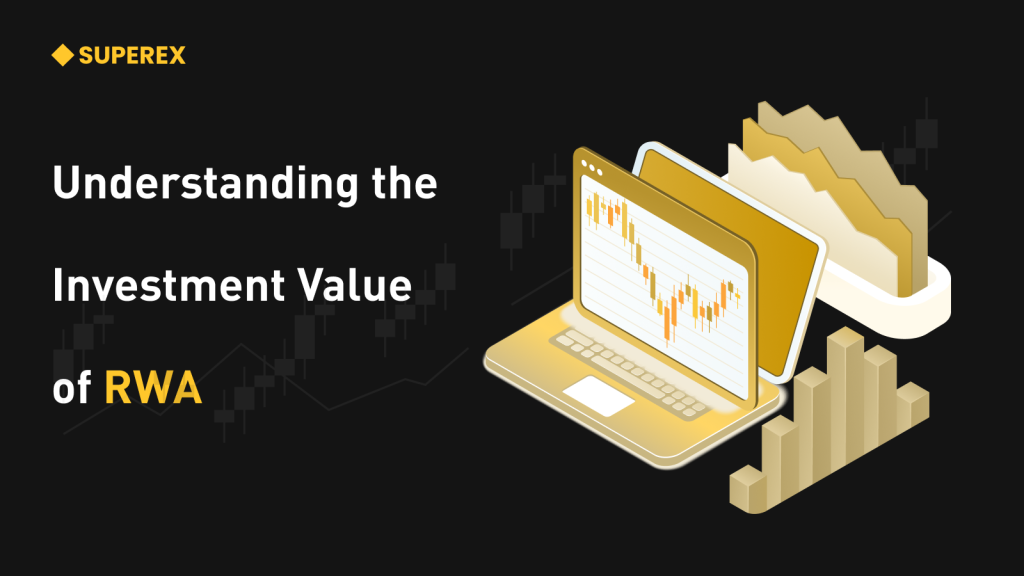
Introduction
The concept of RWA (Real World Assets) has been the subject of continuous discussion in recent months, with major institutional giants positioning themselves in this track, indicating a long-term optimistic outlook. For example:
· Goldman Sachs’ digital asset platform officially launched and assisted a European investment bank in issuing €100 million of two-year digital bonds.
· Electrical engineering giant Siemens also issued €60 million in digital bonds on the blockchain for the first time.
· Binance released a 34-page in-depth research report on RWA in March last year.
· Citibank has vigorously advocated for tokenization, stating in a report that almost anything of value can be tokenized, and tokenization of financial and real-world assets could be a “killer app” for blockchain breakthroughs.
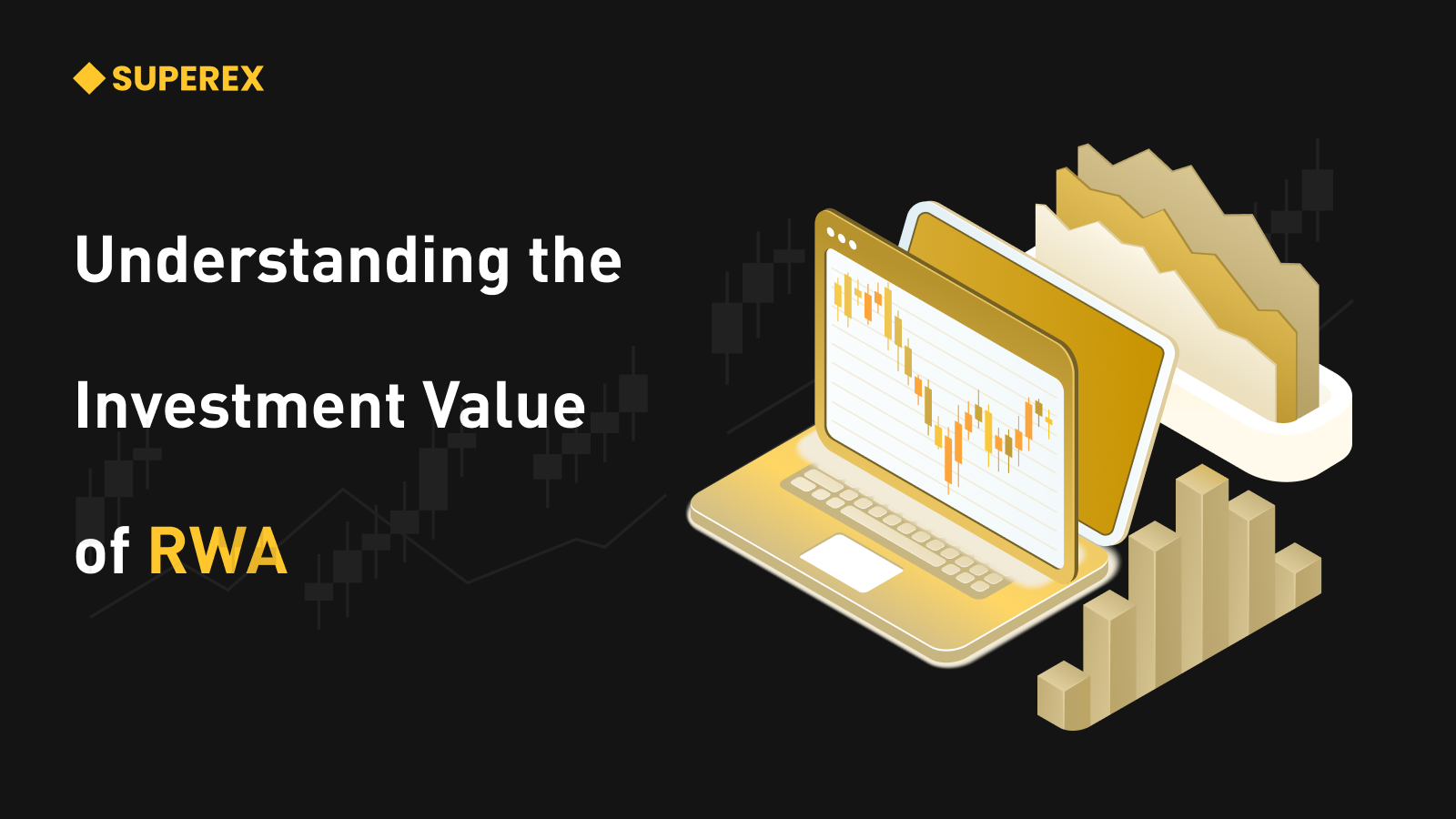
With giants such as Binance, Goldman Sachs, Siemens, and Citibank entering the RWA arena, the market predicts that RWA could become the turning point in the crypto narrative for 2024! It is evident that the RWA track is garnering significant attention this year, making it a focal point of discussion. This article will delve into and analyze various aspects of the RWA track, sharing potential speculative opportunities.
For a long time, the crypto world has been synonymous with overnight “get rich quick” myths, riding the wave of narratives like Bitcoin, Ethereum, NFTs, and other emerging virtual assets ascending to godlike status as the times evolve.
However, these legends can hardly mask the reality of the “closed loop” within blockchain. Despite the grand narratives of blockchain and Web3, the crypto market has remained relatively isolated from and disconnected with the real world, lacking interaction and connectivity. This is why the successful launch of Bitcoin’s ETF cheered the entire crypto community.
This marks the first official breaking of this “isolation” between the crypto and traditional financial worlds. However, for ordinary users, especially those outside the US stock market, this isolation still persists.
Therefore, the emergence of RWA (Real World Assets) is likely a significant entry point for Web3 to truly benefit real industries and ordinary users in the current stage.
- Click to register SuperEx
- Click to download the SuperEx APP
- Click to enter SuperEx CMC
- Click to enter SuperEx DAO Academy — Space
What is RWA?
RWA refers to the tokenization or NFTization of real-world assets, enabling assets like real estate, bonds, stocks, etc., to be put on the blockchain. Owning tokens represents ownership of these assets in the real world, allowing transactions such as loans, rentals, purchases, etc., to be conducted on-chain. In fact, this concept has seen successful cases in the crypto sphere, with commonly used stablecoins like USDT, USDC representing tokenized versions of the US dollar.
The core of RWA lies in transforming assets with real value, such as real estate, cars, gold, into digital tokens. This process not only tightly integrates DeFi with the traditional financial system but also significantly enriches the choices available to investors and users, driving innovation and development in the financial sector.
Currently, “RWA tokenization” is highly popular. RWA tokenization refers to the process of tokenizing RWA and introducing it into decentralized finance (DeFi) projects within Web3.0.
What can RWA tokenization do?
Compared to traditional financial assets, tokenized RWA possesses DeFi attributes, with stronger tradability. Compared to mainstream blockchain products of the past, tokenized RWA offers a richer variety of underlying physical asset categories and real-world investment significance.
Moreover, from a macro perspective, the potential of RWA is immense:
1. Optimizing liquidity: Through tokenization mechanisms on the blockchain, individuals with network access can invest in assets, achieving global, barrier-free access to assets.
2. Real-time trading capabilities: Blockchain technology supports instant transactions, greatly enhancing the efficiency and speed of transactions, offering significant advantages over traditional trading methods limited by business hours.
3. Cost optimization: By minimizing the involvement of market intermediaries, reducing counterparty risks, and significantly reducing operational costs after contract deployment, market efficiency and transparency are improved.
4. Partial ownership (diversification): Through tokenization technology, assets can be divided into smaller, more economical shares. This lowers the investment threshold, allowing more people to participate in investments without needing to purchase entire properties or artworks.
5. Transparency and security: The immutability of the blockchain ensures high transparency in asset transactions while making records verifiable.
6. A new narrative of legal tokenization: The magical process of RWA tokenization includes various subcategories such as professional L1, tokenization, and regulatory services. Together, they weave a seamless and legally compliant narrative of asset tokenization.
RWA tokenization exerts its magic on the global market, eliminating geographical barriers and enabling assets to transcend borders. Smart contracts play a crucial role in RWA tokenization, ensuring secure, conflict-free transactions without the need for third-party intervention.
What are the advantages of RWA compared to other tokenization channels?
A recent RWA report by Citibank pointed out that essentially anything of value in the real world can be tokenized, offering several significant advantages:
1. The process of physical tokenization is simpler and faster. With the current maturity of blockchain technology and common standards, deploying smart contracts on-chain and generating various tokens has become increasingly simple, fast, and cost-effective.
2. Further reduction in transaction costs. Peer-to-peer trading is a core feature of blockchain technology, greatly simplifying the transaction process for both parties and reducing transaction costs to a large extent.
3. Increased transparency and trust in the transaction process. The transparency and immutability of on-chain data are also core features of blockchain technology, enabling the establishment of long-term, low-cost technical trust between trading parties, increasing transaction transparency, and, to some extent, reducing financial regulatory costs.
How big is the market space?
To put it bluntly: Citibank predicts that by 2030, there will be $40 trillion to $50 trillion in tokenized digital securities.
Currently, RWA has attracted widespread attention and has been deeply applied in various fields such as funds, government bonds, and loan agreements. As the tokenization market continues to grow, RWA is considered by industry professionals as the most convenient and actionable track for the traditional financial world to enter the Web3 field, and it may even become the “Apple moment” of the crypto world.
Where has RWA been applied in the market?
Centralized stablecoins: The earliest and largest category of RWA in use;
Private lending: Avoiding centralized risks associated with unsecured private credit loans by tokenizing assets until repayment is completed;
Public bond market: Investing stablecoins from the crypto market into liquid bond markets, which has become the preferred option for many institutions;
Stock tokenization: Breaking the regulatory barriers of traditional on-chain stock trading;
Private equity: Breaking the regulatory barriers of traditional on-chain private equity;
Real estate: Fragmenting real estate ownership through RWA, allowing many people to hold partial ownership, enabling retail investors to participate in high-value asset investments;
Carbon credit certificates: Representing new types of assets, providing more assets and use cases for DeFi, and offering a more efficient market for carbon trading, a win-win situation;
Artwork and collectibles: Providing better avenues for tokenizing artwork and collectibles;
Precious metals: Providing better avenues for tokenizing precious metals;
Others: There are also some infrastructures in RWA, such as basic applications at the Layer 1 blockchain level.
The potential of RWA is undeniable. RWA is mostly applied in stablecoins, bonds, and stocks, with applications in other areas like real estate, carbon credit certificates, artwork, and precious metals increasing. Maker, a leading DeFi project, has already invested $700 million in RWA.
It is foreseeable that the RWA market will grow rapidly in the coming years, becoming the mainstream narrative of the next round of the crypto world.
In summary, RWA represents an excellent opportunity for the crypto world to closely connect with the real world. Ideally, RWA has the potential to become the best tool for Web3 to empower the real world, enhancing the practical value of virtual assets and creating new growth points for the real economy and traditional financial markets, ultimately benefiting the public.


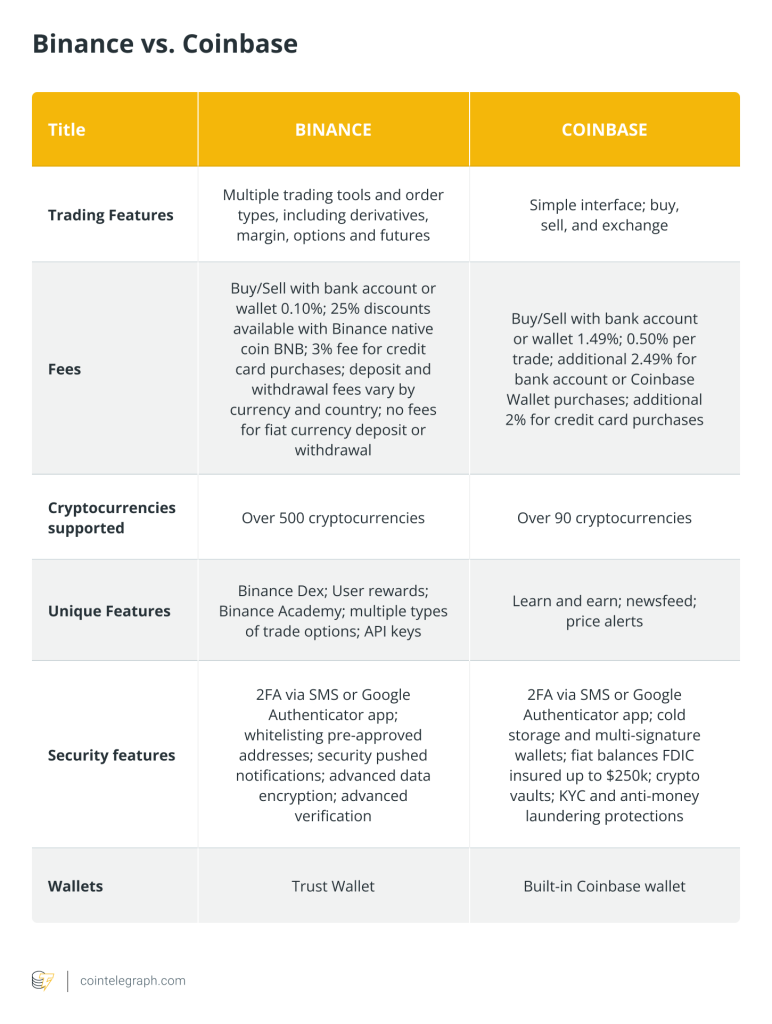
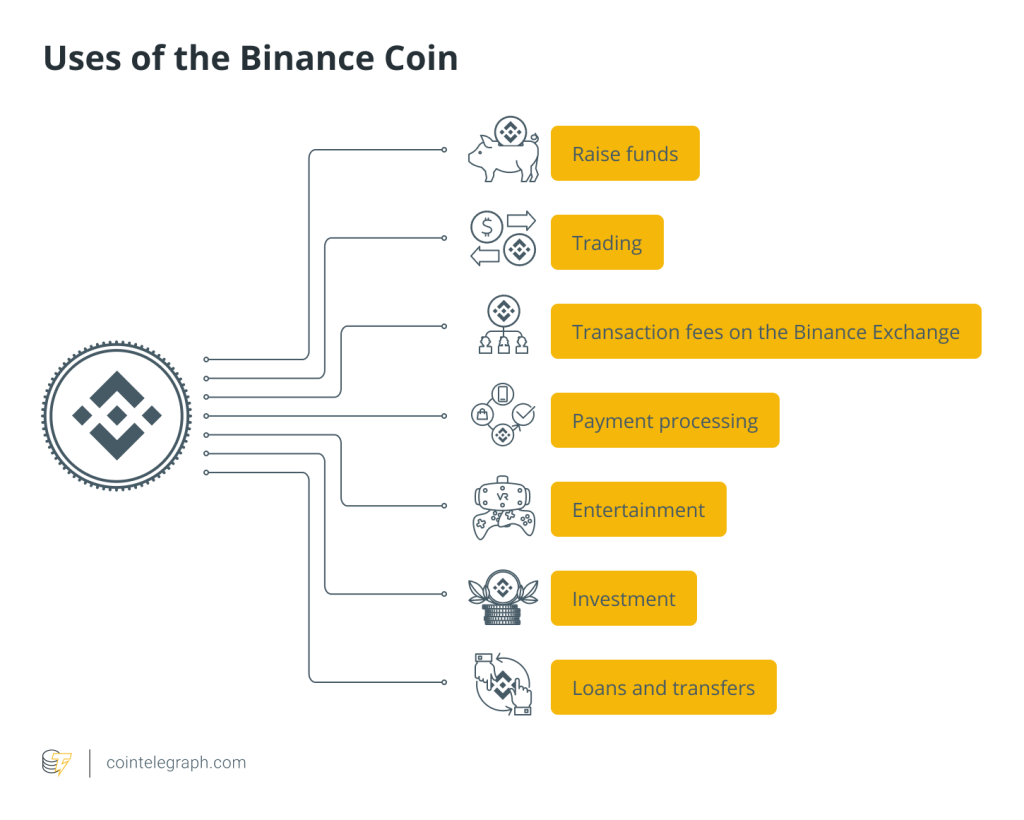
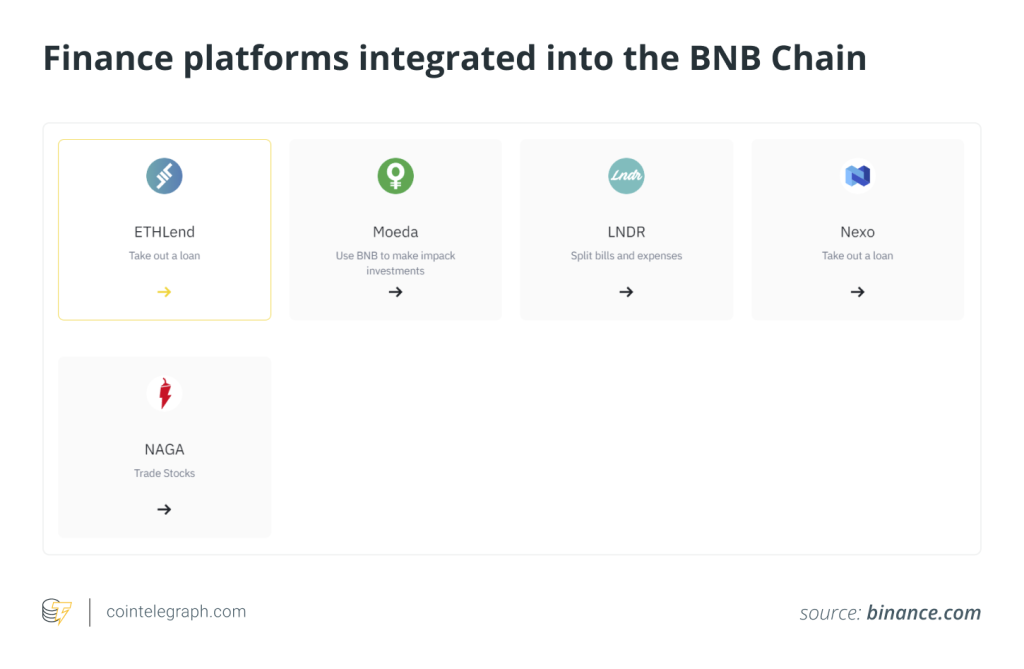
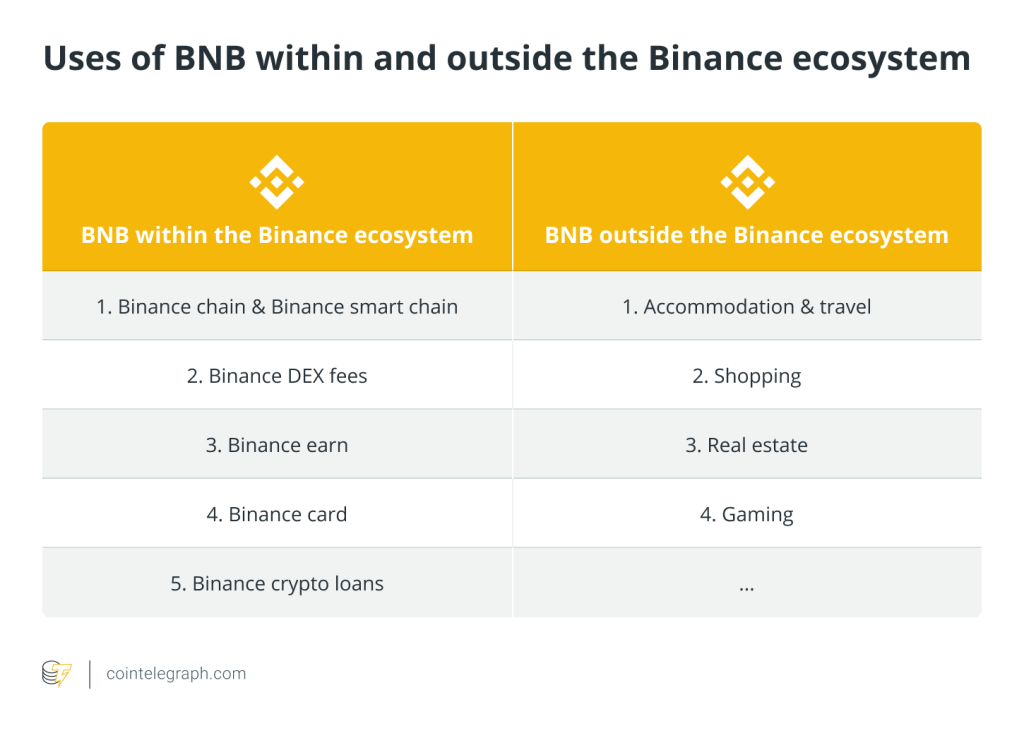
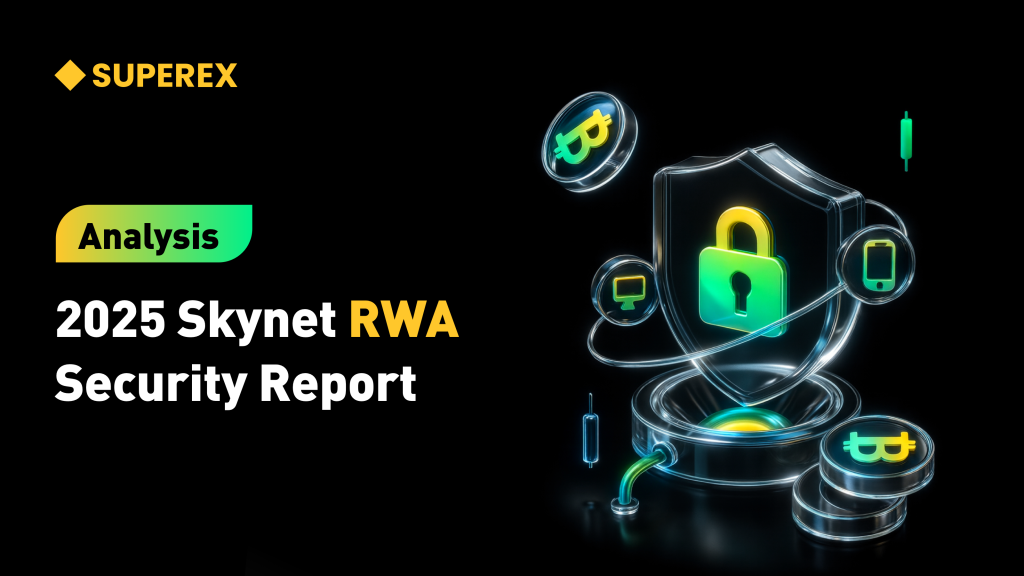
Responses